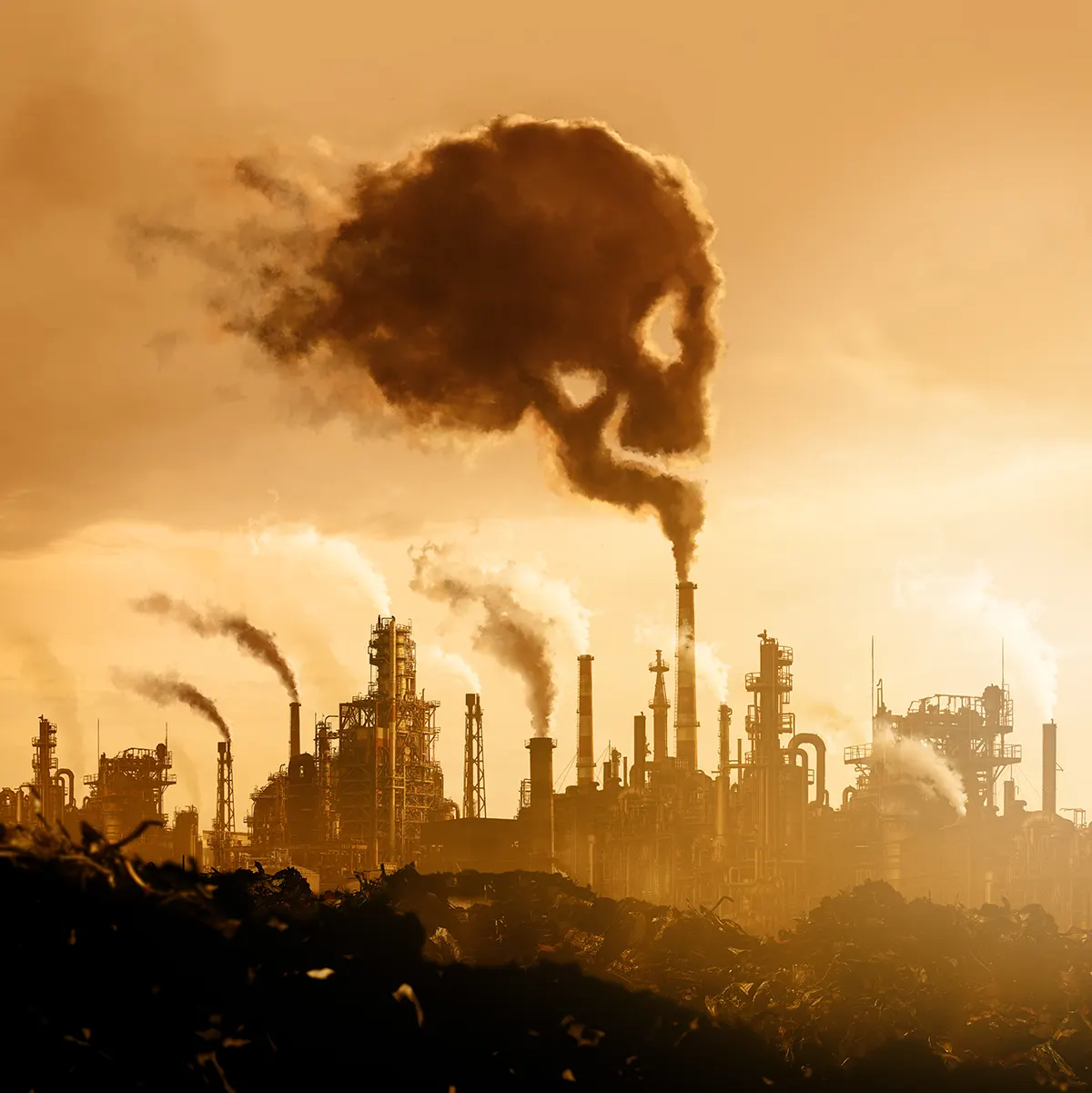The Process of Tyre Destructive Distillation: A Step-by-Step Breakdown

Introduction
The growing concern for environmental sustainability and waste management has prompted the development of innovative recycling methods. Among these, tyre destructive distillation stands out as a remarkable process for converting used tyres into valuable by-products. This method involves the thermal decomposition of tyres in a vacuum-sealed chamber, transforming them into products such as oil, carbon black, and steel. The key to understanding tyre destructive distillation lies in the meticulous movement of the tyres through the vacuum-sealed chamber during three distinct phases of the process. This article explores each phase, emphasising the mechanics and significance of
the process without delving into the broader topic of pyrolysis.
Phase 1: Initial Heating and Decomposition
In the first phase of tyre destructive distillation, whole used tyres are introduced into a vacuum sealed chamber. The absence of oxygen is crucial to prevent combustion and ensure the controlled breakdown of the tyre material. The chamber is held at temperatures ranging from 300°C to 500°C.
During this phase, the tyres are subjected to sufficient temperatures that encourage the compounds in the vulcanised rubber to separate. The heat initiates the breakdown of the complex chemical bonds within the tyre material, resulting in the emission of volatile compounds, which are then directed to a condenser via the vacuum system, where they are condensed into a high-quality fuel oil.
The tyres are held in situ throughout the process, with the already processed parts of the tyre falling to the bottom of the chamber, thus ensuring that the tyres are evenly exposed to heat, promoting uniform decomposition. Proper heat distribution is crucial to prevent incomplete breakdown.
Phase 2: Fractional Distillation –
A valued added option for future development or
partnered process
Following the initial heating and decomposition, the second phase involves fractional distillation. This phase is characterized by the separation of volatile compounds based on their boiling points. The volatile products, including gases and liquids, are collected and directed into a fractionating column, which operates under vacuum conditions to lower the boiling points of the components. In the fractionating column, the volatile products are separated into different fractions, such as light oil, heavy oil, and wax. The movement within this phase is primarily vertical, as the vaporized components ascend the column and condense at various levels according to their boiling points.
Lighter fractions, such as gases and light oils, rise higher and condense in the upper parts of the column, while heavier fractions condense lower down.
The efficiency of this phase relies heavily on precise temperature control within the column. Proper insulation and heat management are essential to ensure that each fraction is collected at its optimal temperature. The vacuum environment not only aids in reducing the boiling points but also enhances the purity of the separated fractions by minimizing contamination from air or other gases.
Phase 3: Cooling and Collection
The final phase of tyre destructive distillation is cooling and collection. After the separation of volatile products, they are directed to a cooling system where they are condensed and collected. The condensed liquids are further refined, if necessary, to produce marketable products such as fuel oil, solvents, and raw materials for the chemical industry.
During this phase, the movement of the residual products, the steel and recovered Carbon Black, transitions from vertical to horizontal as they are channeled through a cooling system and into storage tanks. The design of the cooling system is critical to maximize the recovery of valuable products. Efficient heat exchangers and cooling towers are employed to rapidly bring down the temperature of the distillates, ensuring they condense fully and are not lost as vapor. The residual solid material, primarily carbon black and steel, is collected from the bottom of the chamber. This solid residue is typically moved out of the chamber using mechanical systems that
are designed to handle high temperatures and abrasive materials. The carbon black can be further processed and used as a reinforcing filler in rubber products, or a multitude of other purposes, while the steel can be recycled.
Environmental and Economic Impact
Tyre destructive distillation presents significant environmental and economic benefits not demonstrated by alternative means in the management of end-of-life tyres. Through the conversion of vulcanised rubber from used tyres into valuable by-products, this process addresses the pressing issue of tyre waste management. Landfills, which often become the final resting place for discarded tyres, pose serious environmental hazards. Tyres can leach toxic chemicals into the soil and groundwater, and their slow decomposition rate leads to long-term pollution. Above ground they hold rainwater and become home for a range of disease bearing insects. They also provide shelter
for feral cats, rodents and snakes. Destructive distillation mitigates these issues by breaking down tyres into reusable materials suitable for reducing fossil fuel usage, whilst reducing landfill waste and its associated environmental risks.
Economically, the by-products of tyre destructive distillation have considerable value. The oil and gas extracted can be refined and used as alternative fuels, reducing dependency on traditional fossil fuels. Carbon black, a significant by-product, is widely used in the production of rubber goods, inks, and coatings, providing a steady supply for various industries. Additionally, the recovered steel can be recycled, contributing to the circular economy and reducing the need for new steel production.
The process uses whole tyres in the production modules, without any prior labour and mechanical or energy input, therefore making the technology more cost effective as a commercial operation.
Technological Advancements and Future Prospects
The success of tyre destructive distillation promotes further technological advancements. Innovations in chamber design, heating mechanisms, and fractionating columns have improved the efficiency and output quality of the process. Modern distillation systems are equipped with advanced controls that allow for precise temperature regulation and vacuum maintenance, ensuring optimal
decomposition and separation of tyre components.
Looking ahead, further advancements in this field are anticipated. Research and development efforts are focused on enhancing the scalability of the process, making it viable for larger volumes of tyre waste. Additionally, there is ongoing exploration into the development of more efficient catalysts and additives that can accelerate the decomposition process and increase the yield of valuable byproducts.
Conclusion
Tyre destructive distillation is a sophisticated and effective method for recycling used tyres, transforming them into valuable by-products through a series of controlled thermal processes. By understanding the movement of the tyres and their by-products through the vacuum-sealed chamber during the three phases of distillation—initial heating and decomposition, distillation, and cooling and collection—we gain insight into the intricate mechanics that make this process viable and efficient.
As the world continues to prioritize sustainable practices and waste management solutions, technologies like tyre destructive distillation offer a promising path forward. By efficiently breaking down used tyres and recovering valuable materials, we not only address environmental concerns but also contribute to the circular economy, where resources are continuously reused and repurposed. This innovative approach holds the potential to revolutionize tyre recycling and pave the way for a more sustainable future.
Green Distillation Technologies
GDT in Australia is a commercial operation that developed this technology. It has invested large amounts of time and money in its plant at Warren, western NSW, to move this from theory into reality. In 2024, GDT is scaling up its operation to have commercially significant outcomes, not only in the number of tyres it makes disappear, but also in the financial benefit for the company. Warren will be model for future plants to be duplicated around Australia.
